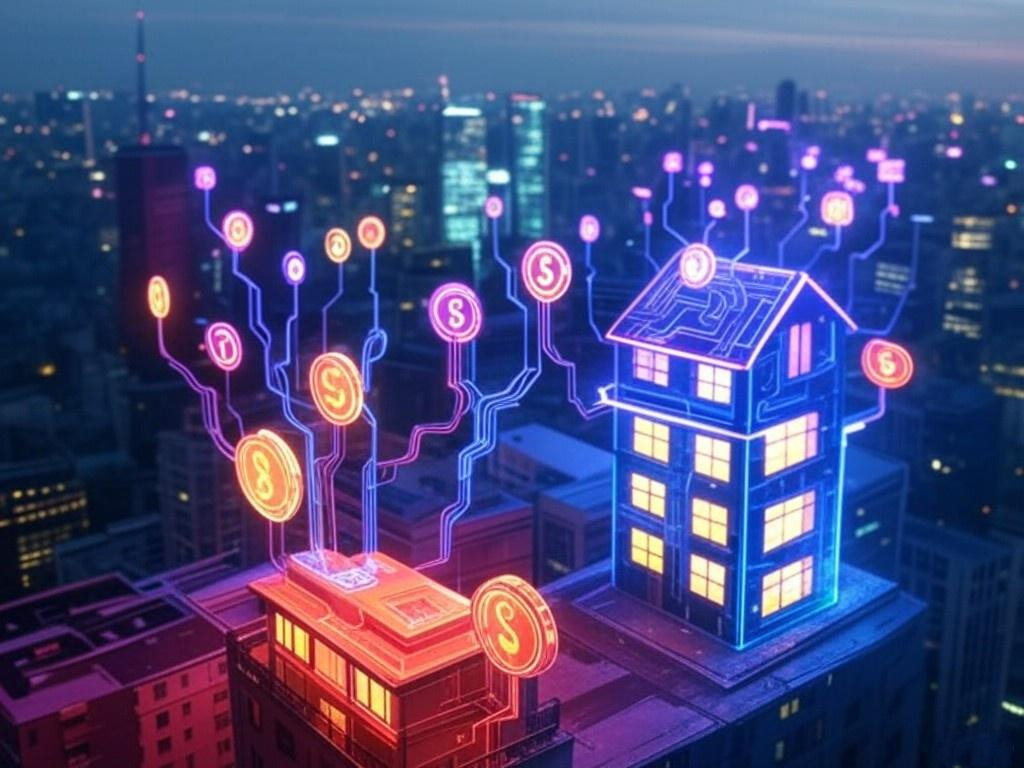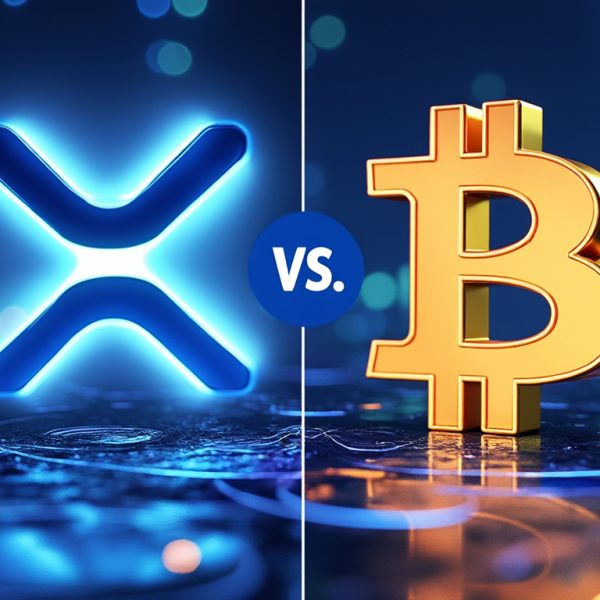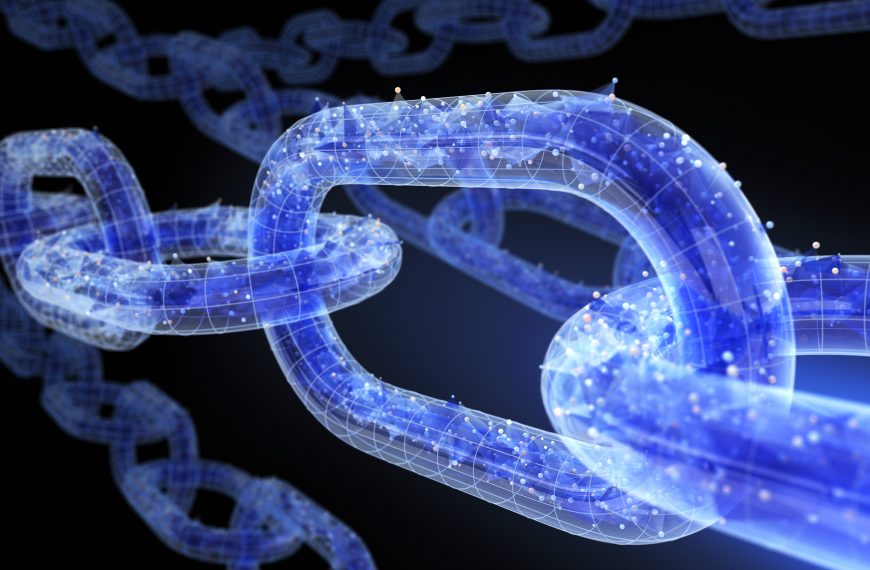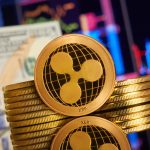Tokenized securities are a groundbreaking innovation reshaping the way we invest in and manage real-world assets (RWA). But what does it mean to “tokenize” something physical like a house or a treasury bond and put it on blockchain? Let’s break it down in simple terms to help you understand this transformative concept and how it might benefit you as an investor.
Tokenized Securities and Real-World Assets (RWA): An Overview
Tokenized securities represent real-world assets like real estate, gold, or government bonds in the form of digital tokens on a blockchain. These tokens serve as proof of ownership or entitlement to a portion of the asset. By leveraging blockchain technology, tokenization makes it possible to buy, sell, or trade fractions of high-value assets that were previously out of reach for the average investor.
How Tokenization Works
Imagine owning a house worth $500,000. In traditional finance, you’d either buy or sell the entire property. With tokenization, the house can be divided into 10,000 digital tokens, each worth $50. Investors can then buy as many tokens as they wish, gaining fractional ownership of the property. These tokens exist on a blockchain, ensuring transparency, security, and ease of transfer.
The same principle applies to other real-world assets like:
- Treasury Bonds: Tokenized bonds can represent small increments, making them more accessible to retail investors.
- Art and Collectibles: High-value art pieces can be fractionalized, allowing multiple investors to co-own an asset.
- Commodities: Gold, oil, and other commodities can be tokenized for simpler and more efficient trading.
Benefits of Tokenized Securities for the Average Investor
For everyday investors, tokenized securities offer several advantages:
- Accessibility: High-value assets are no longer reserved for the ultra-wealthy. Fractional ownership enables anyone to invest with smaller amounts.
- Liquidity: Tokenized assets can be traded 24/7 on digital platforms, unlike traditional assets that may require months to sell.
- Transparency: Blockchain technology provides an immutable and transparent record of ownership and transactions.
- Lower Costs: Eliminating intermediaries like brokers reduces transaction fees.
Use Cases for the Average Joe
Real Estate Investment
With tokenized real estate, you can own a fraction of a rental property in a bustling city without having to manage tenants or maintenance. For instance, platforms like RealT tokenize properties, allowing investors to earn rental income proportionate to their ownership.
Diversifying Portfolios
Tokenized treasury bonds or commodities enable small-scale investors to diversify portfolios with assets that were once accessible only through complex financial instruments.
Crowdfunding
Startups and projects can issue tokenized securities to raise funds, providing smaller investors with an opportunity to get involved in early-stage ventures.
Comparing Tokenized Securities to Traditional Methods
| Feature | Traditional Securities | Tokenized Securities |
|---|---|---|
| Accessibility | High barriers to entry | Fractional ownership possible |
| Liquidity | Limited trading hours | 24/7 global markets |
| Transparency | Opaque processes | Blockchain-based visibility |
| Cost | High transaction fees | Reduced fees due to automation |
Evolution and Current Landscape of Tokenized Securities
Tokenized securities have evolved significantly over the past decade. Initially, blockchain projects focused on cryptocurrencies, but the technology’s potential for real-world applications has driven rapid development in the tokenization sector. Today, several major blockchains are positioned for utilization in this space, including:
- XRP Ledger (XRPL): Specializes in fast and cost-effective transactions, ideal for tokenizing assets. XRPL has been used for tokenizing various assets, including real estate, and has partnerships aimed at expanding RWA tokenization.
- Stellar (XLM): Stellar’s infrastructure supports efficient asset issuance and trading, making it a prime choice for RWA. It has been utilized for tokenizing fiat currencies, bonds, and other traditional financial instruments.
- XDC Network (XDC): XDC Network focuses on trade finance and enterprise adoption, particularly in RWA tokenization. It’s known for its high transaction capacity, low fees, and support for tokenizing assets like U.S. Treasuries, real estate, and commodities, with a strong emphasis on regulatory compliance and interoperability.
- Algorand (ALGO): Known for its high performance and security, Algorand is expanding into RWA with its scalable blockchain technology, suitable for tokenizing assets from real estate to carbon credits.
Why Tokenized Securities Are Poised for Growth
Several factors are driving the adoption of tokenized securities:
- Regulatory Clarity: Governments worldwide are creating frameworks for blockchain-based securities.
- Investor Demand: Rising interest in accessible and transparent investment options.
- Institutional Involvement: Major players like JP Morgan and BlackRock are exploring tokenized assets.
- Technology Advancements: Scalable and energy-efficient blockchains are making tokenization more feasible.
ALSO READ: What is DePIN? The Future of Physical Infrastructure and Blockchain
The Future of Tokenized Securities
As the concept of tokenized securities gains traction, it’s poised to revolutionize global finance. With major blockchains paving the way and real-world applications expanding, the sector offers a unique opportunity for both institutional and retail investors to reimagine traditional asset ownership.











